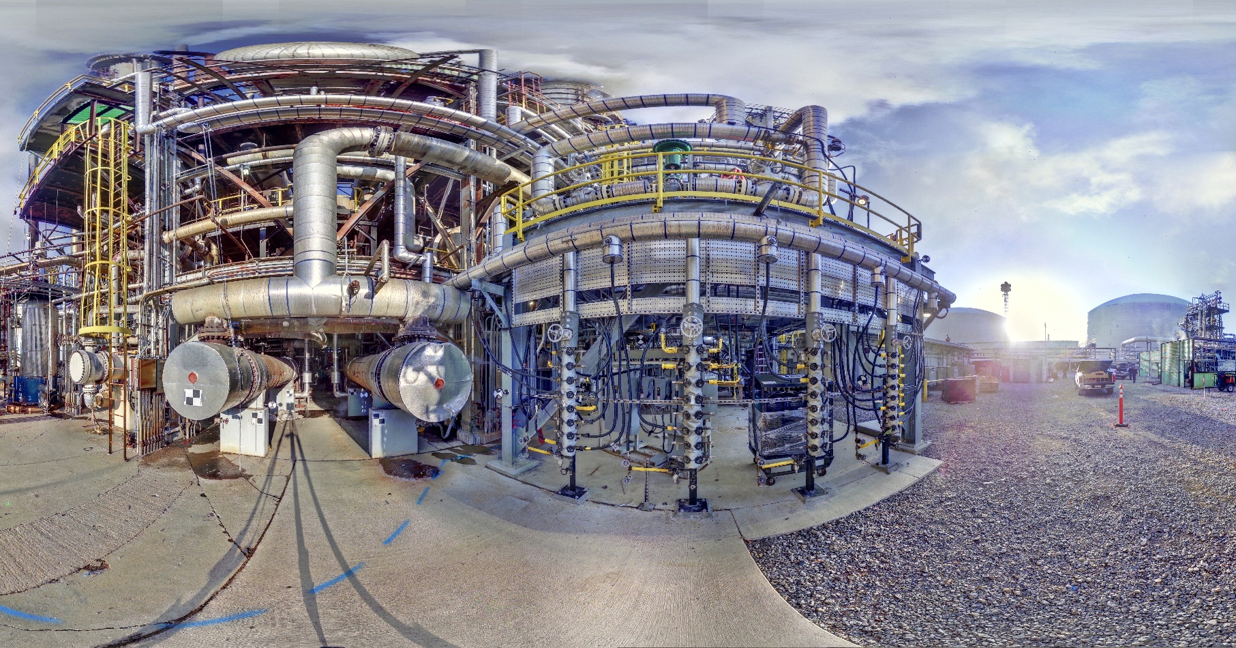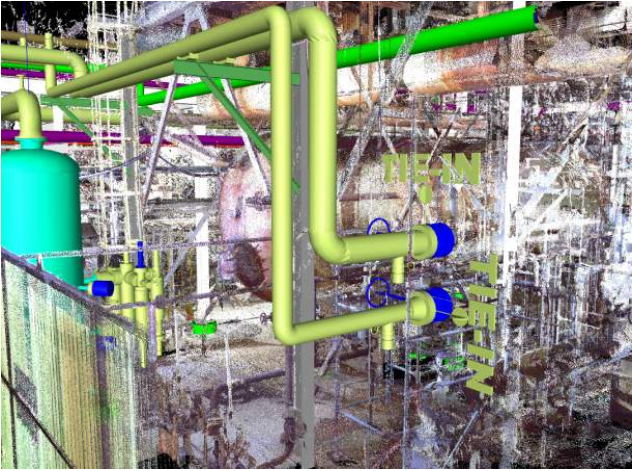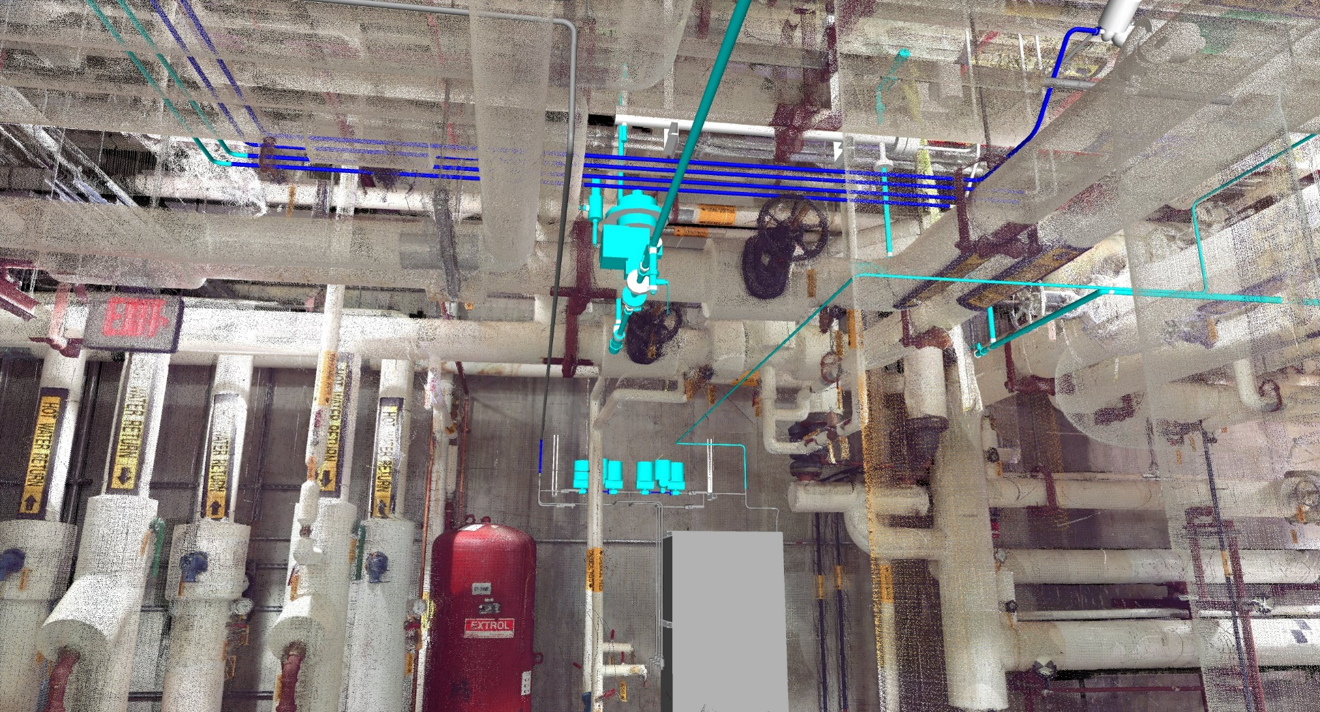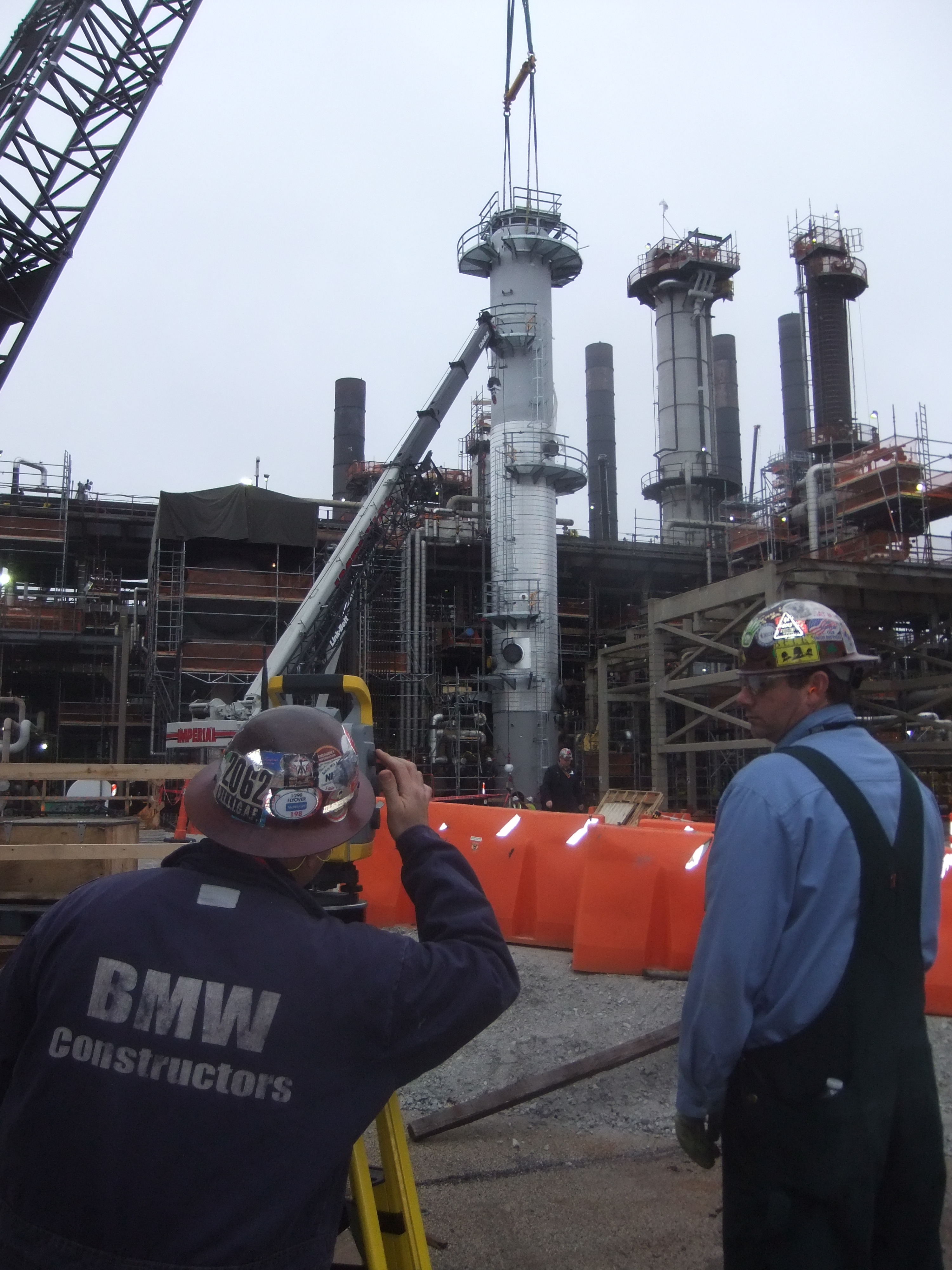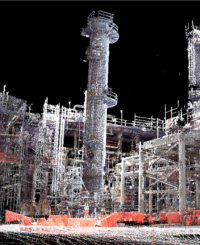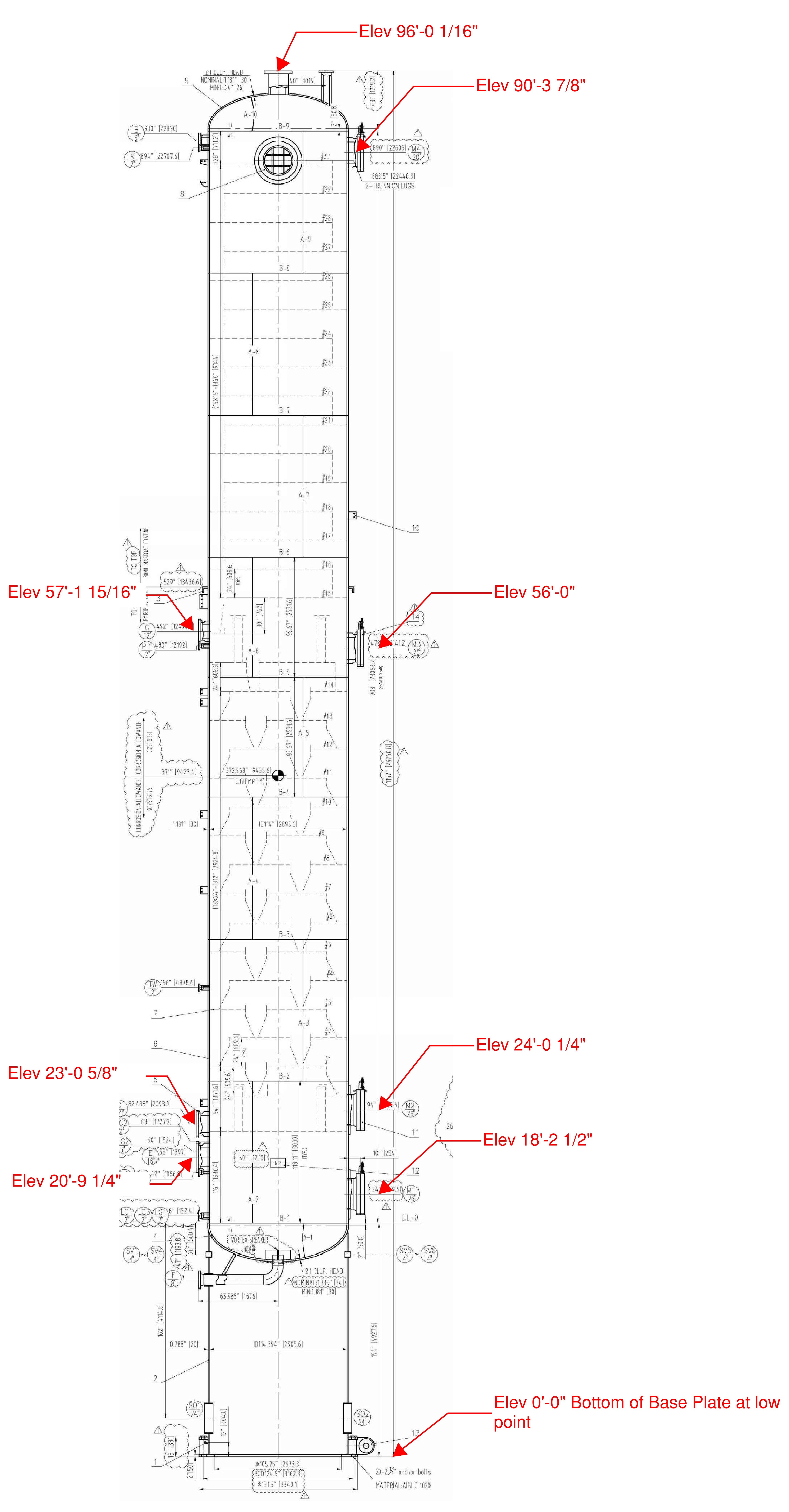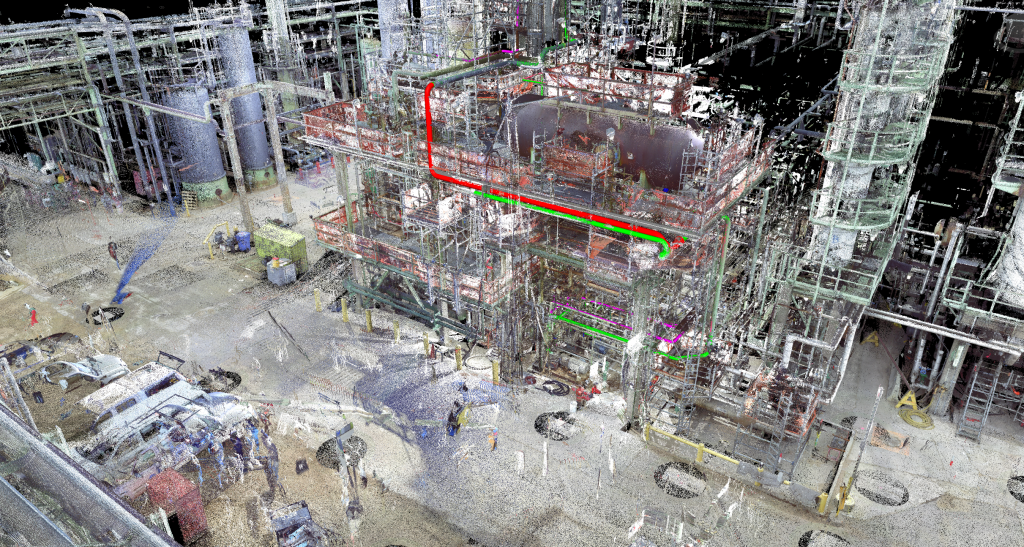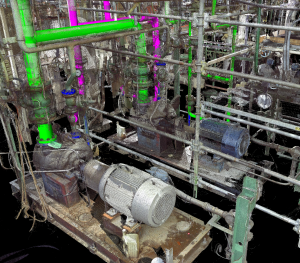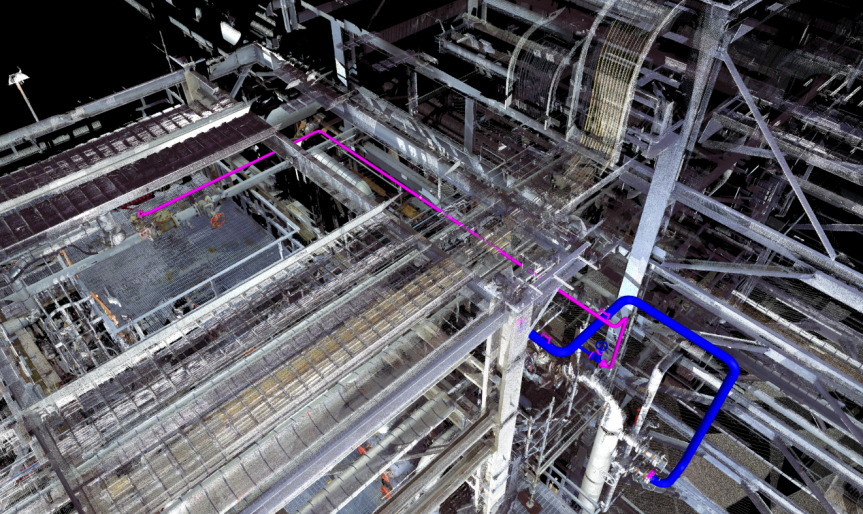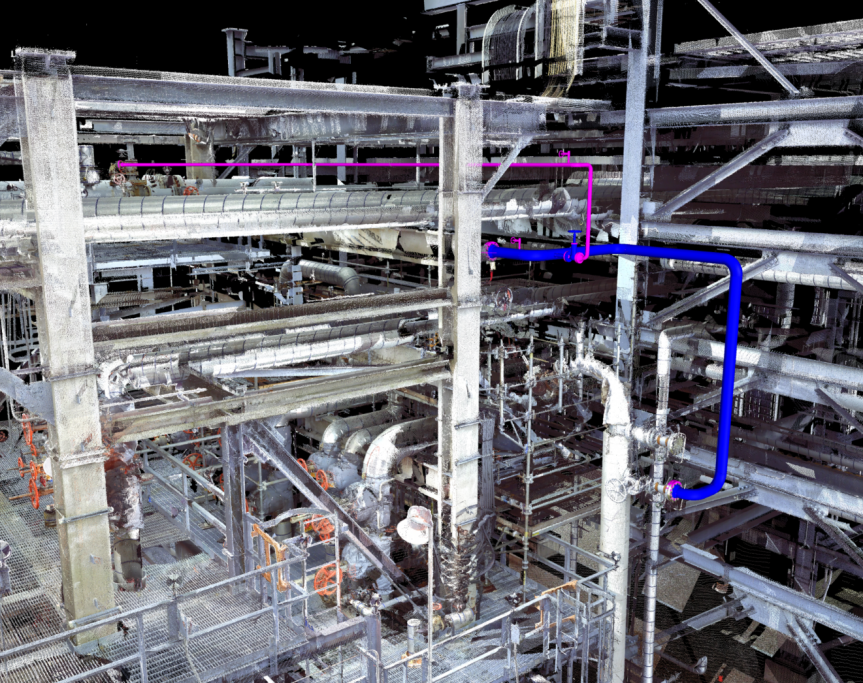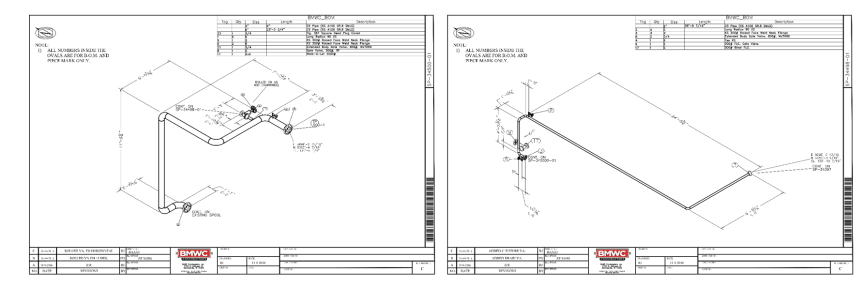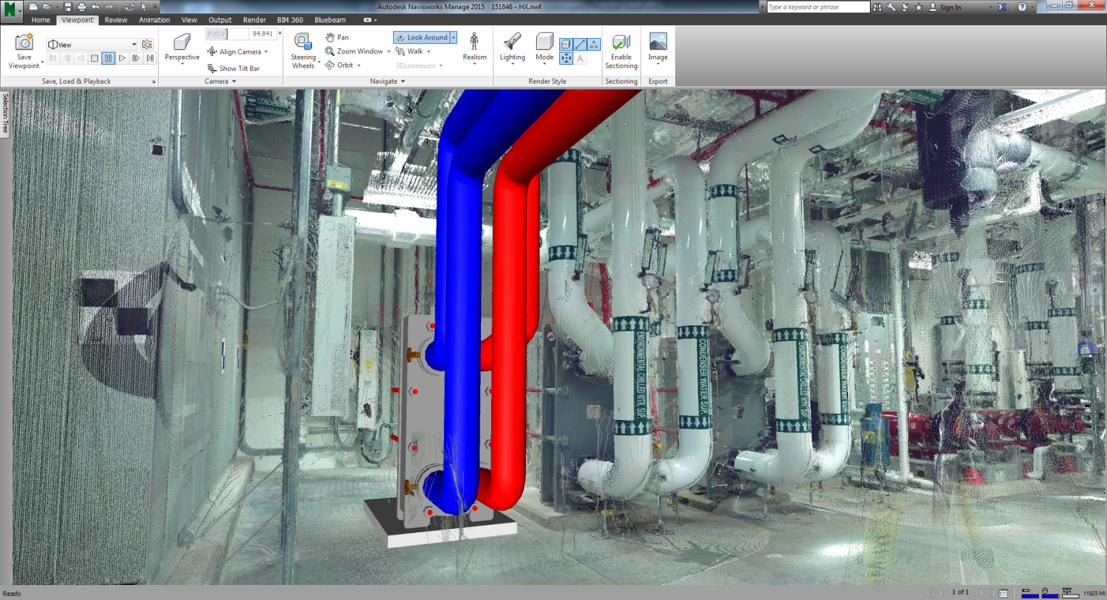BMWC is constantly searching for new ways to increase project value for our customers. We recently added Virtual Design and Construction (VDC) to our catalog of capabilities, which brings several benefits for our customers. Virtual Design and Construction includes multiple services: Dimensional Controls Integration, 3D Laser Scanning, 3D Detailing, Clash Detection, Construction Visualization, Spool Drawing Generation and Construction Layout.
BMWC customers are capitalizing on the significant benefits of Virtual Design data, which uses integrated technology that combines CAD models and laser scanning of existing conditions.
We can easily share our integrated model of both design intent and reality with our project team and customer for enhanced decision-making. Utilizing this technology alongside our other services and capabilities, results in some of the most efficient projects, especially for maintenance and modification.
Whether it is 3D coordination or pre-fabrication of spools, VDC at BMWC has many functions, which all play a role in reducing overall cost and time for our customers, while increasing quality and ensuring safety of our projects. Our customers see the results of an improved product tailored to their specific need for the job, and request our virtual design capabilities for future work.
For instance, many commercial contractors use BIM for coordination. However, BMWC’s approach is to use the design intent model and convert it into a fabrication intent model, review it with the owner and modify as per their request, and then accurately fabricate and efficiently install a project of high quality.
BMWC uses the latest equipment and software to create models that allow the project team to see the finished fabrication intent models before any construction work begins, and ensure that every team member understands the design exactly as it is intended. BMWC also uses these models to demonstrate and analyze the entire life cycle of the project including construction processes, schedule, site logistics and cost.
These complex models allow BMWC to review aspects of a design that cannot be identified from plans alone. Additionally, having a single federated model combining all trade disciplines improves the design review process and integrates the entire project team.
BMWC Project engineers utilize the many benefits of VDC to identify and resolve problems before they arise. Our projects benefit from VDC through improved design, enhanced team collaboration, cost savings, schedule savings, reduced installation risk, higher quality and overall enhanced project safety.
To learn more about all the services that BMWC’s team offer for your projects, click on the titles below.
If you would like more information on virtual design and how BMWC can help bring value to your next project, contact virtualdesign@bmwc.com



